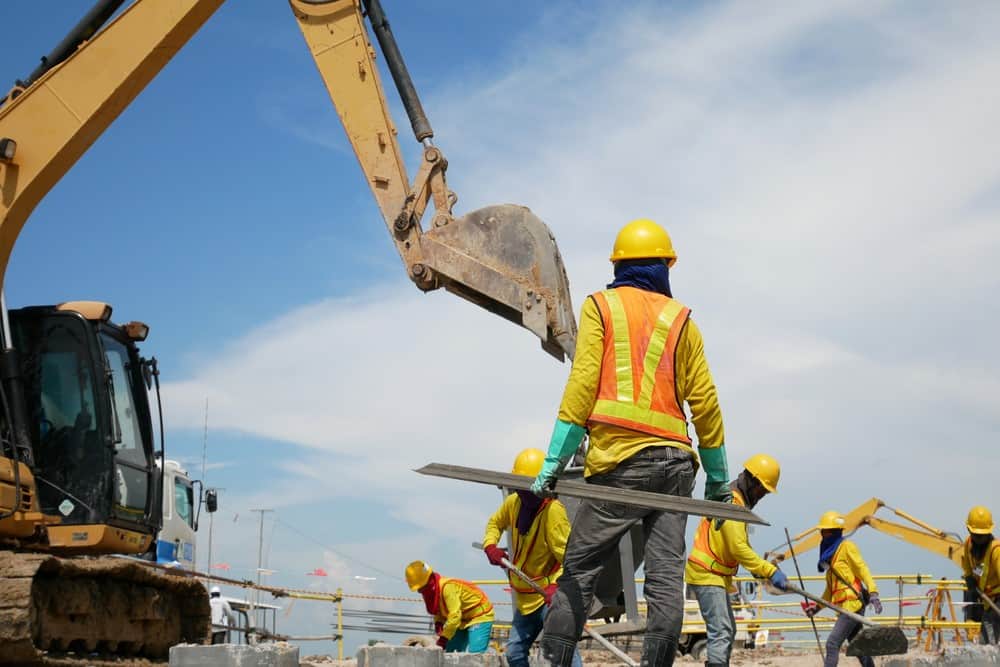15 Tips for Preparing Construction Tenders
Look in the newspapers or online and you’ll find lots of calls for tenders, many of them from clients overseeing construction projects. By advertising widely, these clients encourage competition among contractors and suppliers and generate a bigger pool of talent to choose from. It helps clients ensure they attract the best tenderers—contractors and suppliers who can meet their needs and provide good value for money. Tenders are thus a rich source of work for construction-industry businesses, including small to medium enterprises.
These are 15 tips for preparing responses to requests for tender:
1. Ask whether you can do the job
Ask yourself whether you have a realistic chance of winning the tender. After all, writing a tender requires time and effort. Your staff may have to drop what they’re doing to have input. Don’t waste resources by bidding for jobs that exceed your experience or capability.
2. Make sure your tender is compliant
Confirm what the client requires by carefully reading the rules and specifications in their request for tender and any addendums. Prepare a checklist to make sure your bid addresses all the criteria, including scope, time, cost and quality parameters. If the criteria are weighted, spend more time and effort on the most significant ones. Ensure your tender is submitted in the correct format. If you don’t understand something, ask for clarification.
3. Provide evidence of your competence
Don’t just make claims about your skills and experience—back them up with examples and case studies that show how you’ve successfully completely similar projects in the past. With potentially millions of dollars at stake, a selection panel is not going to rely simply on your word.
4. Complete the price or cost schedule
If required, complete the price or cost schedule for all items you are tendering. (This is often a requirement of government agencies.) Clearly indicate how all costs are calculated and whether your tender prices include or exclude GST.
To help with pricing, use our finance calculator to work out affordable costings for all equipment types needed.
5. Explain how you will fill skills gaps
If you don’t have all the necessary skills in-house, explain how you intend to fill the skills gaps. If you need to subcontract some of the work or form a consortium, make sure you give your subcontractors or partners enough time to provide input to the tender.
6. Contact your referees
To reassure themselves you’re up to the task, the selection panel will sometimes request the names and contact details of referees—clients you’ve worked with in the past. Make sure you obtain their permission to be contacted by the panel; and brief them on the main specifications of the request for tender, so they can tailor their feedback accordingly.
7. Structure your document clearly
If no set format for responding has been specified, considering following the headings and numbering of the request for tender document. Use dot points, tables, graphs and photos to break up the text and add interest. If a response template is provided, fill it in exactly as required—otherwise your tender could be rejected for being non-compliant. Include any supporting or additional information as appendices.
8. Avoid gobbledygook
Use plain English in your bid document. It will make it easier for the selection panel to read and understand and enhance your chances of winning the tender. If you don’t have the skills in-house, outsource the writing to a professional bid writer. This small investment could pay big dividends.
9. Proofread your document
One of the parameters of all contracts is quality. The contractor is immediately going to start questioning your quality assurance if your tender document is riddled with grammar, spelling and punctuation errors. Don’t risk falling at the first hurdle—engage a professional proofreader.
10. Meet the deadline
Most tender deadlines are non-negotiable, so if you miss them all your hard work will be for nought. If you do anticipate being a little late, contact the relevant person to negotiate an extension.
11. Prepare tenders in advance
Government websites and tendering portals will often include their forward procurement plans. These plans tell you what construction projects are in the pipeline. They allow you to identify the information and resources you’re likely to need so that you can hit the ground running when the tenders are formally requested. Reading the client’s past tenders will also give you an idea of the information they typically require, allowing you to compile some of it in advance.
12. Document how you’ll manage risk
Risk management is something often overlooked by tenderers. List all of the project’s potential risks, the likelihood and consequences of them occurring, and what you would do to manage and mitigate those risks. This will give the risk-averse selection panel greater confidence in your bid—and may be the point of difference that wins you the tender.
13. Explain how your price was formulated
Contractors are looking for value-for-money. To win, your bid doesn’t have to be the cheapest (although it must still be ‘in the ballpark’). Low prices are often treated with as much scepticism as high ones. If you suspect your bid will be higher or lower than your competitors’, clearly explain why. This will help the selection panel make a more accurate assessment.
14. Attend any briefings or site visits
Some clients run briefing sessions or organise construction site visits while the tender is open. These can give you a better appreciation of the work to be done, the client’s specific needs, and your likely competition—information you can use to refine your bid and boost your chances of success.
15. Subscribe to a tender-notification service
If you’re a small business, chances are you don’t have time to regularly visit the hundreds of online portals that advertise tenders. Instead, you can pay companies to do the searching for you. In return for a subscription fee, they will send you aggregated lists of tenders relevant to your business. To find these companies, search for ‘tender search’ or ‘tender notifications’ on the web.
16. Ask for feedback on losing tenders
If you lose a tender, ask the client for feedback or a debrief. This information will help you identify areas for improvement and could boost your chances of success the next time you tender. Sometimes, tenders are opened publicly, with the tenderers and their bid prices announced to those in attendance. And governments will usually publicise the winning bid prices on their websites. Comparing the winning bids to your losing ones will help you decide whether and how to adjust your pricing.







